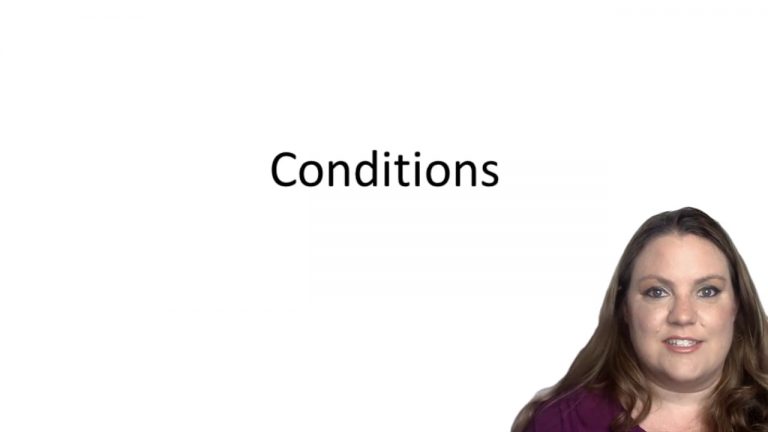SmartBrief
Confirm favorite deletion?
Contracts Keyed to Whaley
Jacob & Youngs v. Kent
Citation:
Court of Appeals of New York, 1921. 230 N.Y. 239, 129 N.E. 889.
ProfessorMelissa A. Hale
CaseCast™ – "What you need to know"
Facts
Jacob & Youngs (Plaintiff) was hired by Kent (Defendant) as a general contractor to build defendant a country home at a cost of upwards of $77,000. One of the provisions of the contract was that for the plumbing work in the residence all pipe must be manufactured in Reading, Pennsylvania. Plaintiff completed the construction of the dwelling, but afterwards, defendant learned that some of the pipe used was manufactured in factories not located in Reading. Defendant demanded that plaintiff replace the pipe, which would be a substantial project and very costly. The plaintiff explained that the use of this pipe was an innocent mistake, and that it was of the same quality as the Reading pipe. Plaintiff asked defendant for a certificate of completion showing that final payment on the project was due. Defendant refused to issue the certificate.
Only StudyBuddy Pro offers the complete Case Brief Anatomy*
Access the most important case brief elements for optimal case understanding.
*Case Brief Anatomy includes: Brief Prologue, Complete Case Brief, Brief Epilogue
- The Brief Prologue provides necessary case brief introductory information and includes:
Topic:
Identifies the topic of law and where this case fits within your course outline.Parties:
Identifies the cast of characters involved in the case.Procedural Posture & History:
Shares the case history with how lower courts have ruled on the matter.Case Key Terms, Acts, Doctrines, etc.:
A case specific Legal Term Dictionary.Case Doctrines, Acts, Statutes, Amendments and Treatises:
Identifies and Defines Legal Authority used in this case.
- The Case Brief is the complete case summarized and authored in the traditional Law School I.R.A.C. format. The Pro case brief includes:
Brief Facts:
A Synopsis of the Facts of the case.Rule of Law:
Identifies the Legal Principle the Court used in deciding the case.Facts:
What are the factual circumstances that gave rise to the civil or criminal case? What is the relationship of the Parties that are involved in the case.Issue(s):
Lists the Questions of Law that are raised by the Facts of the case.Holding:
Shares the Court's answer to the legal questions raised in the issue.Concurring / Dissenting Opinions:
Includes valuable concurring or dissenting opinions and their key points.Reasoning and Analysis:
Identifies the chain of argument(s) which led the judges to rule as they did.
- The Brief Prologue closes the case brief with important forward-looking discussion and includes:
Policy:
Identifies the Policy if any that has been established by the case.Court Direction:
Shares where the Court went from here for this case.
Topic Resources
Topic Refresher Course

 6m 19s
6m 19s